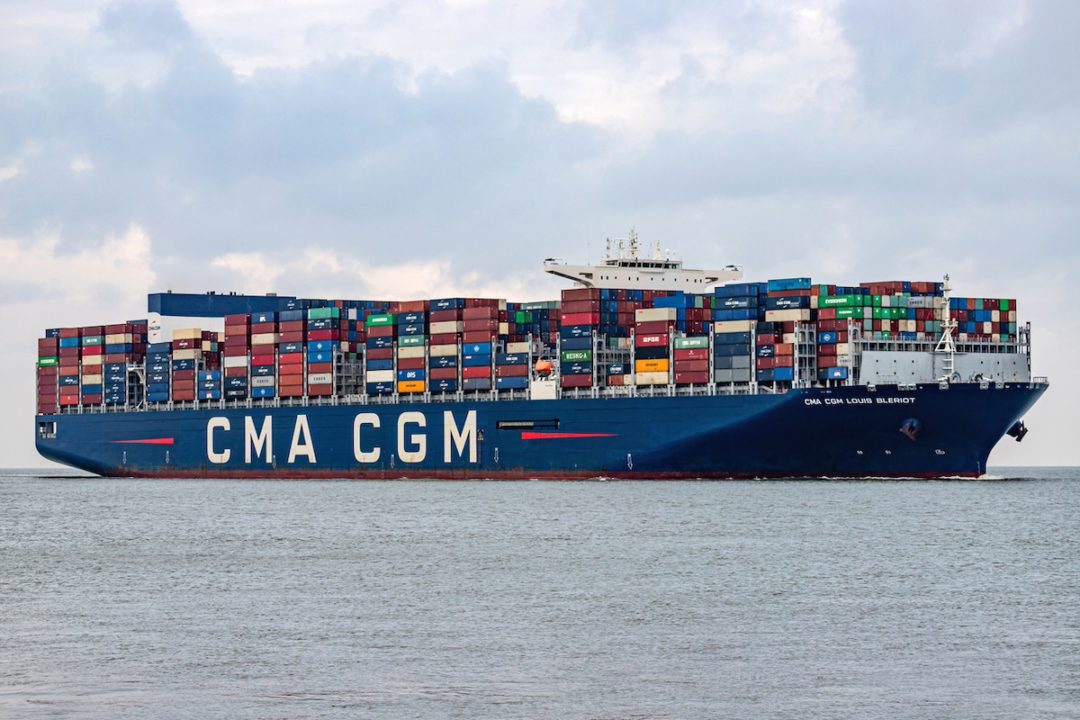The global maritime industry has long been the backbone of international trade, facilitating the movement of goods across continents. However, supply chain vulnerabilities at key maritime chokepoints have created significant disruptions in recent years, slowing the growth of container trade worldwide. According to a report from the United Nations Conference on Trade and Development (UNCTAD) released on October 22, 2023, container trade grew by just 0.3% in 2023, a marked slowdown compared to the previous year’s 1.2% growth. This stagnation can be attributed to disruptions at critical chokepoints like the Panama Canal, the Red Sea, and the Suez Canal, which have caused delays and increased costs for ocean carriers.
Key Chokepoints and Their Disruptions
The report highlights the Panama Canal as a significant bottleneck in global shipping. The canal, which connects the Atlantic and Pacific oceans, is a vital route for container ships, particularly those traveling between the Americas and Asia. However, in 2023, the canal faced unprecedented delays due to drought conditions that reduced water levels, limiting the number of vessels that could pass through. Ships were forced to queue for days or even weeks, causing ripple effects across supply chains.
Similarly, the Red Sea has seen increasing threats to its status as a major trade route. Political instability and conflict in the region, particularly the ongoing conflict involving Houthi rebels in Yemen, have contributed to the disruption of traffic through the Red Sea and into the Suez Canal. The rebels have targeted shipping lanes, creating uncertainty for ocean carriers. This situation has been further exacerbated by growing geopolitical tensions in the Middle East, which continue to pose risks for shipping companies.
The Suez Canal, one of the world’s most vital maritime routes, has also been at the center of these disruptions. The canal, which handles around 12% of global trade, is essential for container ships traveling between Europe and Asia. However, with Houthi rebels threatening the region and blocking traffic, shipping companies have increasingly diverted their vessels to alternative routes, primarily around Africa’s Cape of Good Hope. While this allows them to avoid the instability in the Suez region, it significantly extends the length of voyages, adding time, costs, and environmental impacts.
Increased Costs and Environmental Impact
The rerouting of ships around Africa’s Cape of Good Hope comes with steep economic and environmental consequences. According to the UNCTAD report, a typical large container ship carrying 20,000-24,000 twenty-foot equivalent units (TEUs) incurs an additional $400,000 in emissions costs per voyage when avoiding the Suez Canal. This is due in part to the European Union’s carbon emissions trading system, which imposes costs on ocean carriers based on the carbon footprint of their voyages. The longer the route, the higher the emissions, and consequently, the higher the costs.
The extended voyage also increases fuel consumption, leading to higher operational costs for shipping companies. These additional expenses are often passed on to consumers, contributing to inflationary pressures in global markets. Moreover, the environmental impact of increased fuel consumption and carbon emissions poses challenges for the shipping industry, which is under increasing scrutiny to adopt greener technologies and reduce its carbon footprint.
Global Trade and Future Outlook
Despite the challenges facing container trade, global trade measured in tons of cargo grew by 2.4% in 2023, driven primarily by demand for commodities such as iron ore, coal, and grain. The UNCTAD report projects that global trade will grow by another 2% in 2024, but emphasizes that this growth will be contingent on how well the maritime industry adapts to ongoing disruptions.
The war in Ukraine and geopolitical tensions in the Middle East are likely to persist, adding further uncertainty to global shipping routes. In this context, building sustainable and resilient maritime transport systems is critical to future-proofing global supply chains. As UNCTAD Secretary-General Rebeca Grynspan stated, “Building sustainable and resilient maritime transport and future-proofing global supply chains is not just an option — it’s a strategic necessity.”
Recommendations for the Maritime Industry
To address these vulnerabilities and ensure continued growth in global trade, the UNCTAD report recommends several key strategies:
- Invest in Artificial Intelligence (AI) and Technology: Accelerating the adoption of AI at ports can streamline operations, reduce congestion, and improve efficiency. AI-powered systems can help shipping companies better predict delays and optimize routing, reducing the impact of disruptions at chokepoints.
- Strengthen Early Detection and Monitoring Systems: Improved surveillance and monitoring systems at vulnerable shipping chokepoints can help detect potential threats and minimize the impact of disruptions. This could include satellite tracking, real-time data sharing, and enhanced collaboration between governments and shipping companies.
- Diversify Shipping Routes: Reducing the reliance on key corridors such as the Suez and Panama canals is essential for building resilience in global trade. By developing alternative routes, the maritime industry can mitigate the risks associated with disruptions at these chokepoints.
- Adopt Alternative Fuels and Greener Technologies: Investing in alternative fuels and greener technologies will not only reduce carbon emissions but also help carriers comply with stricter environmental regulations. Renewing aging fleets and adopting more efficient vessels can help lower operational costs and reduce the environmental impact of global shipping.
In conclusion, vulnerabilities at crucial maritime chokepoints pose significant challenges to the growth of global container trade. However, by adopting a proactive approach and investing in technology, alternative fuels, and diversified shipping routes, the maritime industry can build resilience and sustain future growth.







